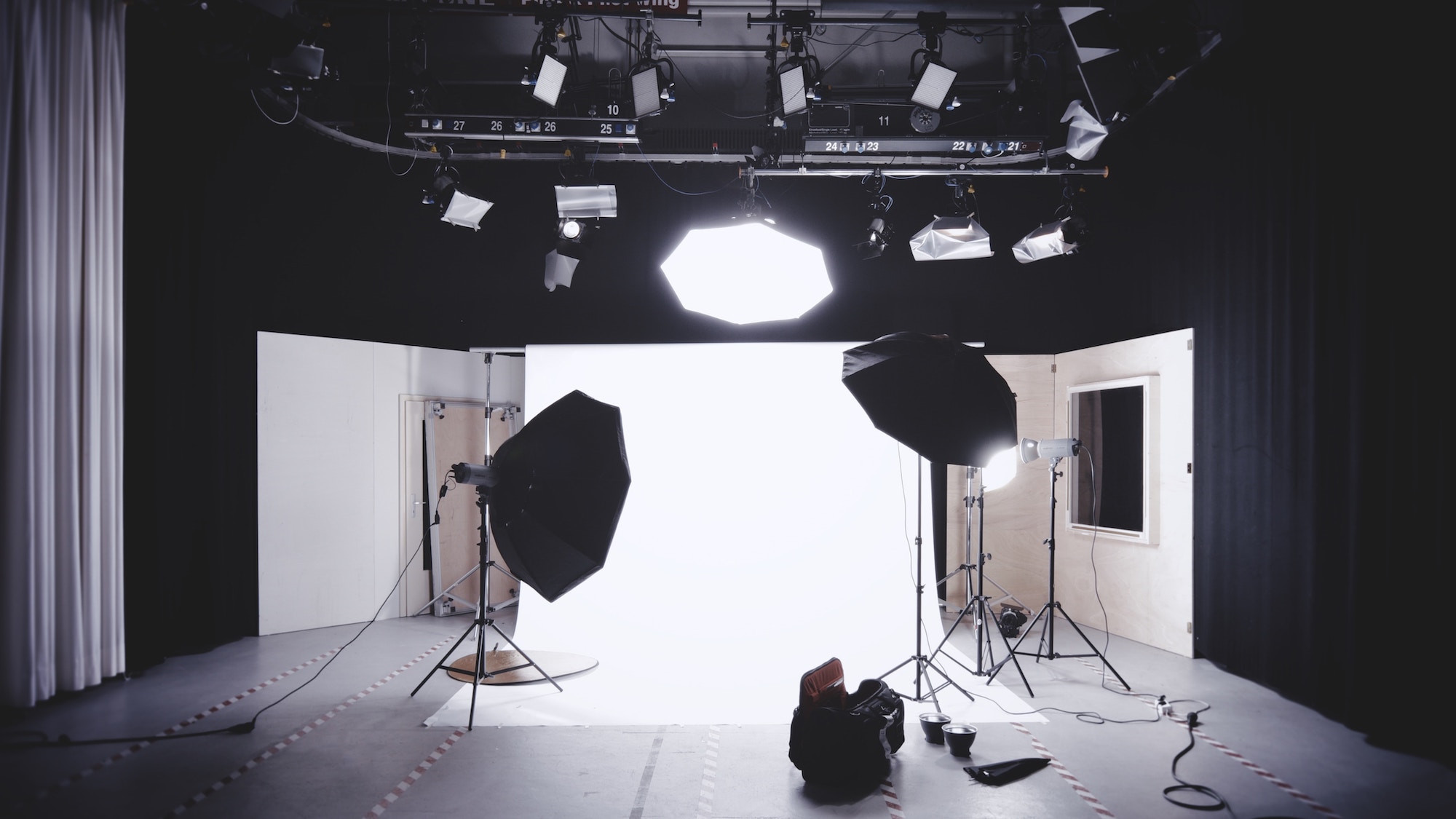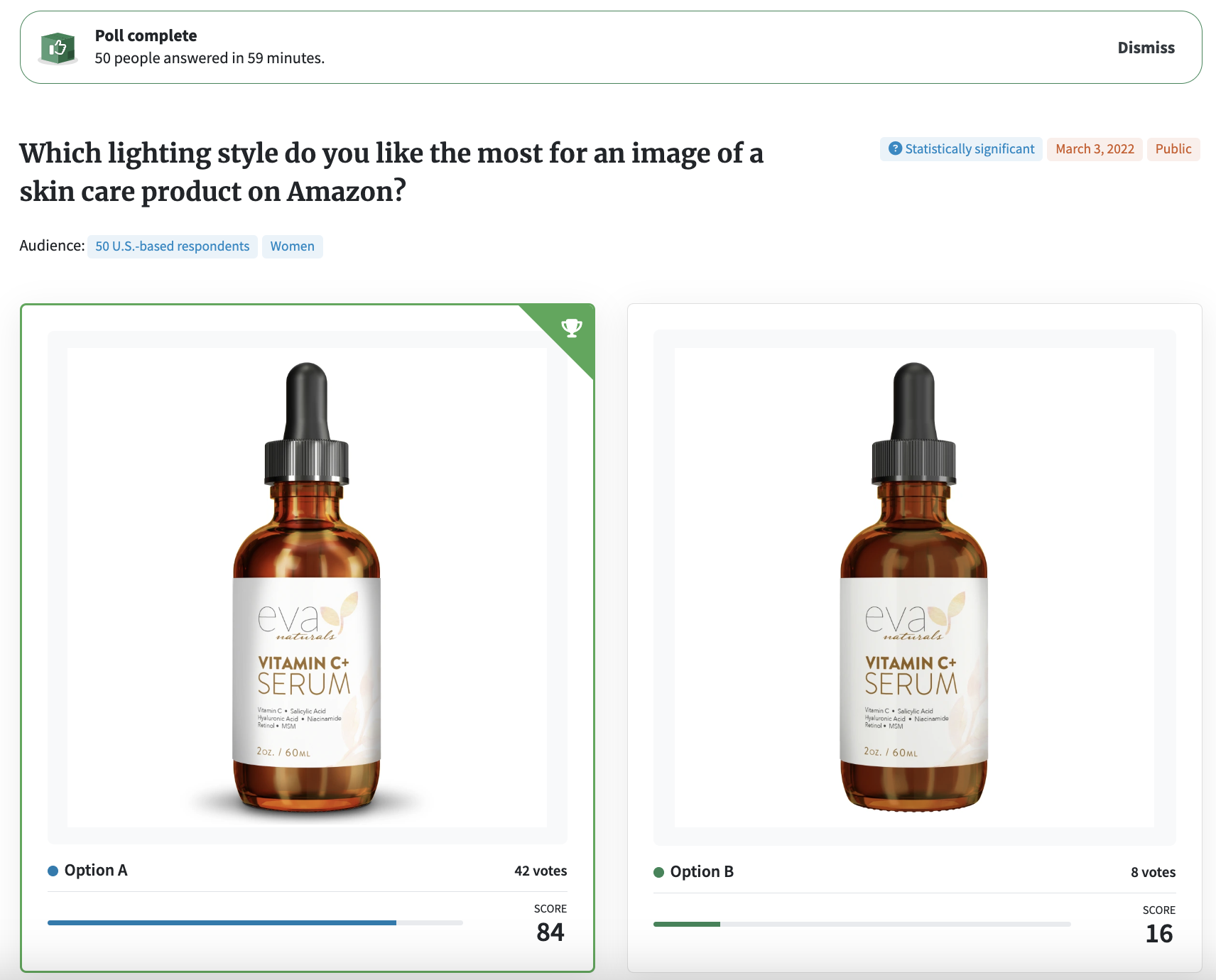Since Amazon customers can’t experience your product in person, they rely on listing photos. That’s why following Amazon image requirements is crucial to making the sale.
Your main listing photo is especially important. Not only will it show up first on your product page, but a thumbnail appears in search result pages, too. This means that your main photo could greatly impact your product’s clickthrough rate.
Check out this guide to learn the nitty-gritty of good product shots: everything from technical details to choosing which photo to feature.
Amazon image requirements:
The technical details
Before we get into tips to create better listing photos, let’s start with the basics.
The Amazon image requirements state that
- File formats should be .tiff, .gif, .jpg or .png
- Images should be at least 1000 pixels wide or high
- Color mode must be sRGB or CMYK
- File name formats should be the product ID, a period, and then the appropriate file extension
- Pictures must be of professional quality
Though the image must be at least 1000 pixels wide, other sources state that Amazon recommends a 2000-pixel square image for zooming purposes.
Another important note: Amazon listings are in RGB, so certain colors may not appear correctly if you upload images in CMYK.
These requirements apply to all photos. All main images have additional design requirements to follow.
Main images must follow these guidelines:
- You must use a white background
- The full product must be in the frame
- The image can’t have inset graphics or overlay text
- Images should be in focus with smooth edges
- The product should fill 85% of the frame
- Images shouldn’t have multiple objects other than the product
Those are the basic Amazon image requirements. Here are six tips to take your images to the next level. (Note: Curious on how PickFu can help with amazon main image optimization? Check out our related article!)
1. Use multiple product shots
Since your customers can’t physically inspect your product, multiple shots help them see the product from different angles and also in context. Amazon allows up to six images on your product page. Try to use all of them.
If your main image is what attracts potential buyers to your product, think of your alternative images as the deal-closer. These are a good place to:
- Include close-ups of details like zippers and stitching
- Show the relative size of the product by placing other objects in the shot
- Include text that explains special features or details (infographics)
If you’re selling a product with variations like multiple colors, take pictures of those and label them appropriately so customers can see them.
2. Organize photos appropriately
Not only do you have the option to include multiple photos on your product page, but you can specify the order those photos appear.
Your photos should tell a story. Start with the most common traits your customer would want to see, and then move to additional details. Show your products in use to give them context and help customers identify with it.
3. Mind any Amazon image guidelines specific to your industry
Different products have different photography guidelines. Here are some examples (this is not an exhaustive list):
- Ink and toner cartridge images should depict the actual packaging the customer will receive.
- Products with EnergyGuide and Lighting Facts labels have to include uploaded label images.
- Adult clothing must be displayed flat or on a model in the main image.
- Infant clothing must be shown flat in the main image.
- Books, music, and video images should have the cover art fill 100% of the image frame.
4. Provide vital information
In addition to providing as many photos as possible, alternative photos are a good way to highlight important features and key benefits.
Even if this information is contained in your product description, buyers might not make it that far and thus overlook crucial information. Use overlay text in your alternative photos to highlight important information, for example:
- Materials used
- Ideal uses for your product
- Product benefits
- Awards and certifications won or endorsements by large organizations
5. Edit your photos
In addition to taking good pictures, you’ll need to edit them to meet the Amazon image requirements. Editing may include cropping out objects that don’t belong, adjusting the color, file size compression, and more.
If you’re not comfortable with any aspect of the editing process, it’s best to hire someone. Then be sure that the final photos meet your standards before uploading.
6. Test product photos to find what resonates
Not sure which photo to use? Ask your potential customers. Use PickFu to target potential buyers and test product photos.
PickFu lets you choose specific demographics (age, gender, education), behavioral traits (exercise frequency, dog or cat ownership, reading habits), or simply target Amazon Prime members. This audience targeting gives you the power to focus on the people who are most likely to use your product.
Not only can you test the photos themselves, but you can show the photography in the context of your Amazon listing so that respondents can picture the shopping experience.
Setting up an image split test takes less than a minute. Try it now!
Key takeaways
Amazon image requirements are vital to sales. Without a good photo, your awesome product goes unnoticed.
Here are some key tips to remember as you create your photos:
- Give buyers the ability to zoom in on product details by uploading large images
- Show your product in action so customers can relate to it
- Check Amazon’s requirements for specific industries
- Test your photos to find the best shots






